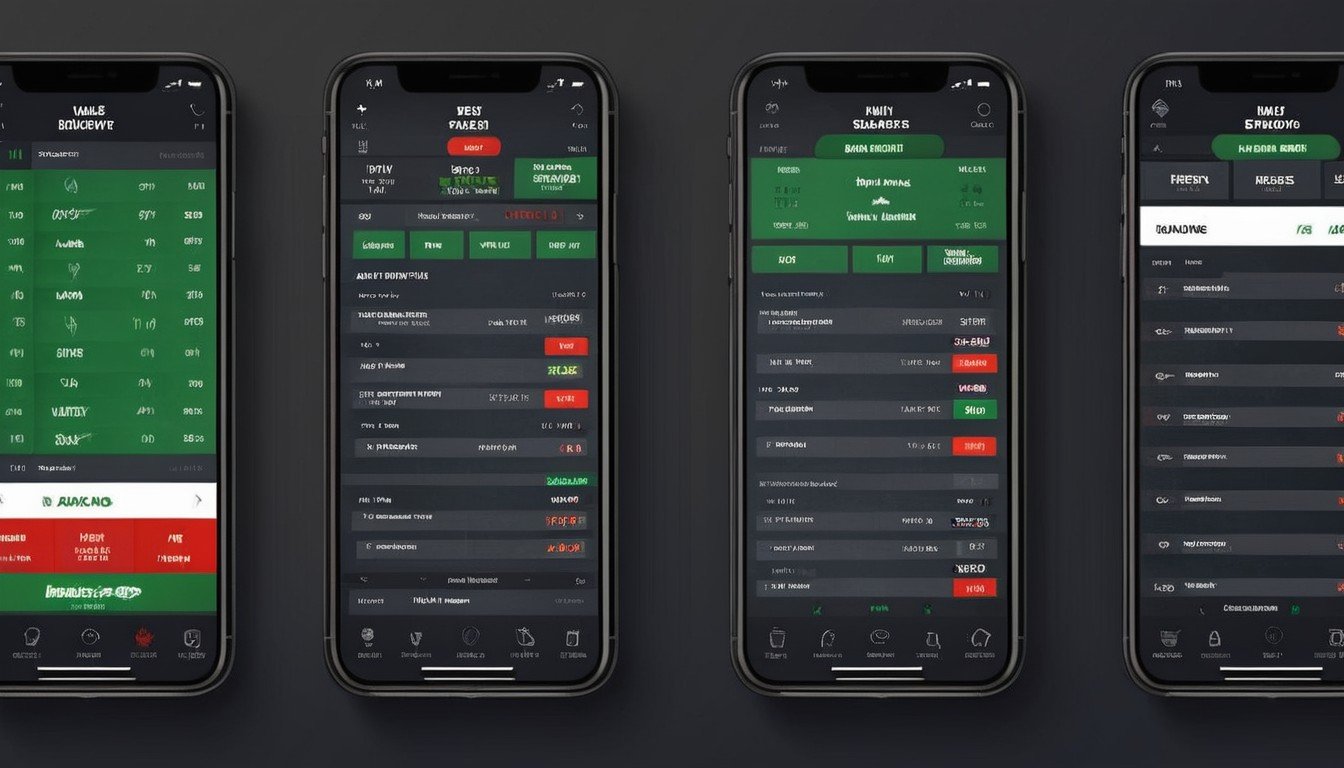In the ever-evolving world of sports betting, enthusiasts are constantly seeking an edge to increase their chances of success. As technology advances, one of the most powerful tools at the disposal of bettors is data analysis. In this blog post, we’ll delve into the realm of betting data analysis, exploring the significance of sports data analysis, sabermetrics, advanced statistics, predictive analytics, and how these tools can be harnessed to decipher betting patterns, trends, and anomalies. By the end of this journey, you’ll gain insights into how leveraging numbers can elevate your betting strategies to a whole new level.
The Rise of Sports Data Analysis
Gone are the days when sports betting relied solely on gut feelings and intuition. The emergence of sports data analysis has revolutionized the way enthusiasts approach betting. Understanding the intricacies of the game is no longer limited to watching matches and analyzing player performance. Today, it involves a deep dive into a treasure trove of data encompassing player statistics, team dynamics, historical performance, and more.
Sabermetrics: Unveiling the Power of Advanced Statistics
At the heart of sports data analysis lies sabermetrics, a term coined in baseball but now embraced across various sports. Sabermetrics involves the application of advanced statistics to evaluate player performance and team strategies. By going beyond traditional metrics, such as batting average or field goal percentage, sabermetrics digs deeper into nuanced statistics, providing a more comprehensive understanding of player contributions and team dynamics.
In the realm of sports betting, sabermetrics can be a game-changer. Whether you’re analyzing baseball, basketball, football, or soccer, delving into advanced statistics allows you to uncover hidden gems and identify undervalued teams or players. This strategic approach to data analysis enables bettors to make more informed decisions, minimizing reliance on luck and increasing the odds of success.
Predictive Analytics: Anticipating Outcomes with Precision
Predictive analytics takes sports data analysis a step further by using historical data to forecast future events. Through the application of mathematical models and algorithms, bettors can gain valuable insights into potential outcomes of matches. Predictive analytics considers various factors, including player form, team dynamics, and even external variables like weather conditions, to generate accurate predictions.
By embracing predictive analytics, bettors can move beyond traditional methods of analysis and tap into a wealth of information to make well-informed decisions. This proactive approach significantly enhances the precision of betting strategies, allowing enthusiasts to stay ahead of the curve and capitalize on favorable opportunities.
Deciphering Betting Patterns and Trends
One of the key benefits of betting data analysis is the ability to decipher betting patterns and trends. By analyzing historical betting data, bettors can identify recurrent patterns that offer valuable insights. Understanding how odds fluctuate, which teams or players attract the most bets, and spotting anomalies in betting behavior can provide a strategic advantage.
Betting patterns and trends offer a roadmap for bettors, guiding them in making informed decisions. Whether it’s identifying underdogs with a history of upsetting stronger opponents or recognizing teams that consistently cover the spread, these patterns can be harnessed to refine betting strategies. Staying attuned to the pulse of the betting market allows enthusiasts to capitalize on trends before they become mainstream knowledge.
Spotting Anomalies: The Key to Uncovering Hidden Opportunities
In the world of sports betting, anomalies can be a double-edged sword. While they may initially seem like outliers, anomalies often hide valuable opportunities. Betting data analysis empowers enthusiasts to spot anomalies in player performance, team dynamics, and betting markets.
Anomalies may arise due to unexpected player injuries, strategic shifts within a team, or even public perception influencing odds. By diligently analyzing data, bettors can distinguish between true anomalies and random fluctuations, enabling them to capitalize on mispriced odds and gain a strategic edge.
Conclusion
In the dynamic landscape of sports betting, leveraging data analysis has become imperative for those seeking sustained success. The fusion of sabermetrics, predictive analytics, and a keen understanding of betting patterns and anomalies creates a potent concoction for enthusiasts. By embracing these tools, bettors can transform their approach from a gamble to a calculated investment.
The journey into betting data analysis is not just about crunching numbers; it’s about deciphering the language of the game. As technology continues to advance, bettors who master the art of interpreting data will have a distinct advantage. So, arm yourself with knowledge, dive into the world of sports data analysis, and elevate your betting strategies to new heights. The era of informed and strategic sports betting is here, and those who embrace it will undoubtedly enjoy a winning edge.
